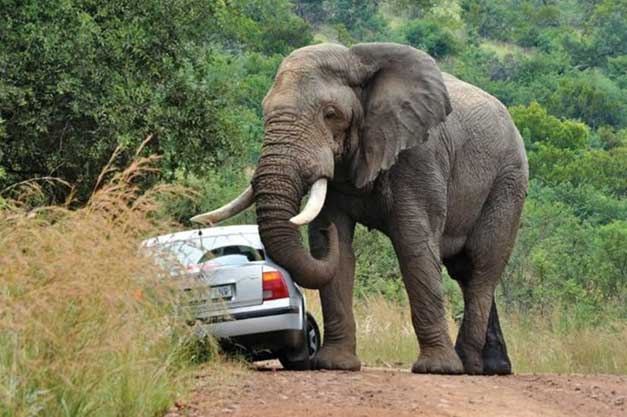
BY RUTENDO MATANHIKE
ZIMBABWE Parks and Wildlife Management Authority (ZimParks) director-general Fulton Mangwanya said there is a spike in human-wildlife conflict, largely attributed to the growing elephant population.
Speaking before the Parliamentary Portfolio Committee on Environment and Tourism led by Consilia Chinanzvavana on Monday, Mangwanya said the expansion of human settlements was a threat to the survival of elephants.
“The most serious threat to the survival of elephants is the expansion of human settlements and associated agricultural activities in the semi-arid areas, where most elephants currently live. Ultimately, it leads to a loss of elephant range in protected areas and will result in human-wildlife conflict outside protected areas,” he said.
Mangwanya said with an elephant population of approximately 84 000, Zimbabwe holds the second largest global elephant population in the world behind Botswana.
The ZimParks official said the elephants, together with other wild animals were also negatively impacting communities surrounding conservancies by destroying agricultural produce.
Mangwanya said the parastatal was making strides towards ending human-wildlife conflict, but bemoaned that low funding and understaffing were hampering their efforts.
He called for government support so that they dispose stocks of rhino horns and ivory valued at approximately $600 million, which funds would aid in protecting communities and wildlife.
- Chamisa under fire over US$120K donation
- Mavhunga puts DeMbare into Chibuku quarterfinals
- Pension funds bet on Cabora Bassa oilfields
- Councils defy govt fire tender directive
Keep Reading
“We are arguing, however, that as soon as we are allowed to sell the rhino horns and elephant tusks that we have, we can deal with all the problems we are facing in the authority. We have ivory worth $300 million as well as rhino horns which are worth almost the same,” Mangwanya said.
ZimParks also said it was in the process of establishing a human-wildlife conflict policy, with consultations currently underway.











